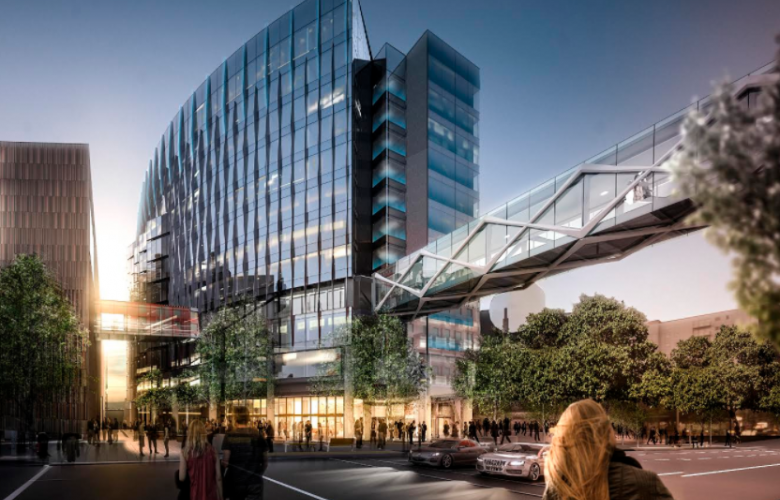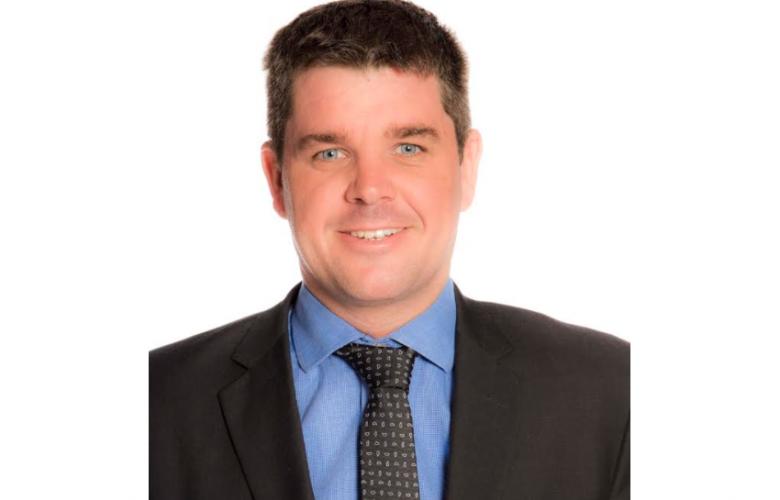New Zealand can’t afford to ease up on hotel development
Contact
New Zealand can’t afford to ease up on hotel development
Thousands of more new hotel rooms are set to come on stream within the next seven years as a result of increased levels of hotel construction activity but New Zealand is still at risk of being left behind by other tourist friendly countries.
Bayleys Director of Hotel and Tourism Nick Thompson has warned there has been significant build activity in the country's main tourist centres, but the industry is still struggling to keep pace with New Zealand’s popularity as a tourism destination.
"Current inventory won't be able to cope with the number of visitors forecast.” he says. “The boom in international arrivals has resulted in high occupancy rates and rising room prices – a good problem to have but one that, if left unaddressed, could curb further growth in New Zealand’s biggest export earner.”
International arrivals have grown 28.8 percent between 2014 and 2017, hitting 3,734,000 in the year ending December 2017, and are forecast to hit 4.9 million a year by 2023. Australia remains New Zealand’s largest tourism market, accounting for 39 percent of arrivals, with China second, accounting for 11 percent of arrivals.
The tourism industry’s goal is to increase its total annual revenue - $35.9 billion in 2017 - to $41 billion by 2025, and hotel accommodation is widely seen as critical to growing the tourism economy.
Mr Thompson says: “While accommodation spend accounts for just 10 percent of total visitor spend, the accommodation sector has a huge influence on the wider tourism economy. If the accommodation sector has a capacity constraint, then every other tourism-related business has a capacity constraint. If tourists can’t find accommodation, they’ll choose to spend their money in other markets.”
Two years ago, New Zealand Trade and Enterprise (NZTE) warned that Auckland, Rotorua, Wellington, Christchurch and Queenstown would need 4,526 new hotel rooms, over above those already planned, to cope with projected visitor demand by 2025.
NZTE has since revised its shortfall forecast from 4,526 rooms to 2,390 for the main tourist centres. Auckland is to get more than 500 rooms this year, about 1,500 in 2019, and nearly 3,000 rooms between 2020 and 2025. The bulk of new rooms for Queenstown, Christchurch, Rotorua and Wellington - about 4,000 – will come on stream between 2020 and 2025.
Mr Thompson says: “New developments under construction include Accor’s 130-room SO Sofitel and the 300-room SkyCity Convention Centre Hotel, both in central Auckland, while those still at the drawing board stage include Christchurch Casino’s $85 million, 4.5-star 200-room hotel The Peterborough and the $60 million 227-room Holiday Inn Express in Queenstown.”
NZTE has told Bayleys’ Total Property magazine it has been working with regional authorities and developers to identify approximately 20 potential sites for new hotel infrastructure around New Zealand. It has also presented to groups of potential investors, both domestic and overseas, and reports there is interest in a number of the opportunities.
“At this stage an international investor has purchased land in central Christchurch for a potential new hotel and is currently working through the development stages. There are approximately four further potential new hotel developments in various stages of negotiation across New Zealand. For commercial reasons we cannot provide any further details on these projects,” NZTE says.
Speaking in the latest issue of Total Property, Tourism Minister Kelvin Davis says he is “hugely supportive” of the work NZTE is doing to encourage new hotel development.
“In terms of growing the sector, Government is focused on spreading visitors out so that businesses and communities around the country benefit. We want travellers exploring less-visited regions and coming at quieter times of year, as well as during the peak summer season,” he says.
“By smoothing out the peak season and encouraging a more even flow of international visitors, the industry can make better use of their capital, can provide more stable employment opportunities and investors will look more favourably on developing new infrastructure and amenities.”
Mr Thompson says pressure to provide new stock has built to such a level that development activity is inevitable, with the market creating its own development pipeline and strengthen the existing one.
“The biggest road block to any new hotel development is the imbalance between construction costs and the value of the development. As this imbalance improves and smart design is used, we are seeing increased activity, as evidenced by some of the prices that have been paid for Auckland CBD sites by hotel developers, who can now justify paying a little bit more than what they've been able to in the past,” he says.
“The most significant players in the New Zealand accommodation market right now are international hotel developers, with Bayleys selling two of the most significant development sites to come onto the market in recent years - on the corners of Wyndham and Albert streets and Albert and Wolfe streets in Auckland CBD - to international developers.
“There is a long list of brands that want to be here or to expand their footprints here. For example, Hong Kong-based Langham Hotels recently announced they planned to significantly expand the footprint of their upgraded five-star Cordis hotel in Auckland’s Symonds Street from 411 rooms to more than 600 in time for the America’s Cup and Asia Pacific Economic Forum in 2021.
“The key to moving forward is finding the right site for the right developer and pairing them with the right operator.”
Tourism Industry Aotearoa chief executive Chris Roberts says: “There’s been quite a bit of movement in the development market, and the outlook for sector is certainly more positive now than it was two years ago. Much of this is down to the financials stacking up.
“But we need a steady stream of developments. It can take a long time to approve a hotel and a long time to build one. The level of activity we’re currently seeing needs to be maintained over the next 10 years, otherwise the sector will fall behind again.”
Mr Roberts says the sector still faces headwinds, such as rising construction and labour costs and increased competition for land. “It doesn’t take much for a large-scale hotel project to become uneconomical.,” he says.
Phone or email Nick Thompson via the below contact details to discuss the NZ hotel industry in further detail.
See also:
Why investors need to check-in to NZ’s motel sector








